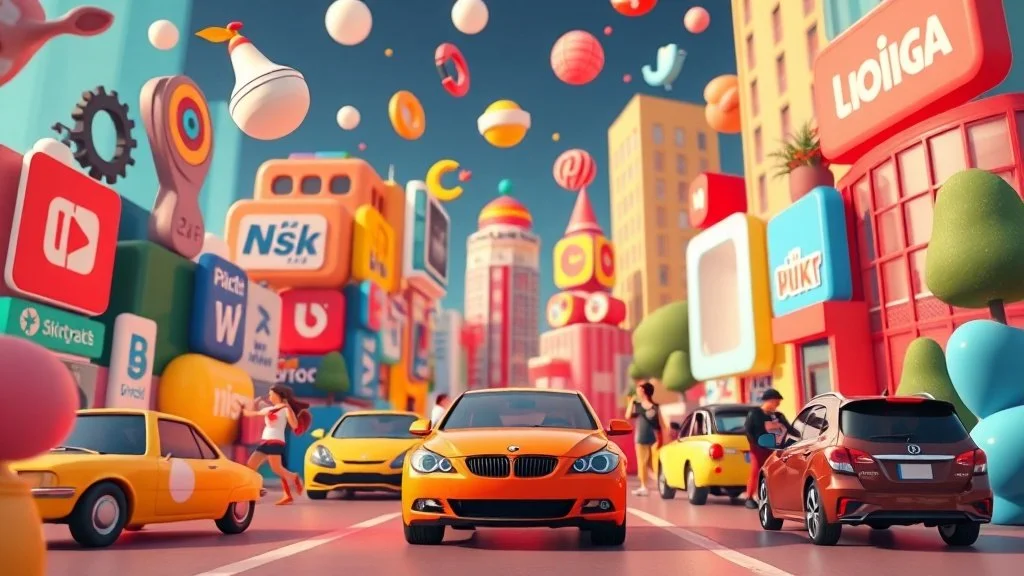There’s been a lot of attention lately on the productivity of New Zealand’s creative industries, with strong advocacy for more recognition and support. But one barrier keeps us from real progress: the way creativity is siloed as a separate 'sector,' as if it sits outside the real economy.
In truth, creativity is the economy. Every major global brand, from tech giants to food producers, knows this. They invest in design, storytelling, and branding because they understand its direct impact on consumer behaviour, loyalty, and value creation. Think about it: the product you reach for in the supermarket isn’t just a choice—it’s influenced by packaging, colour, typography, and the story the brand tells. The phone you use, the car you drive, your coffee, your clothes, even your home furnishings—they all show how design shapes your decisions, guides your preferences, and influences your experiences.
Even beyond products, the built environment, landscapes, digital interfaces, and media we consume are curated by creative professionals. Our daily lives, often unconsciously, are shaped by creativity—guiding what we notice, how we feel, and the choices we make. Every interaction with a brand, a space, or a service is a small moment of design in action, a deliberate act of influence that contributes to economic outcomes. In short, creativity is not peripheral, it’s the engine behind nearly every transaction, preference, and experience that drives markets and fuels growth.
Here in New Zealand, we still treat creativity as an add-on, something 'nice to have.' The result? We undervalue its contribution to GDP, productivity, and innovation, and miss its critical role in national branding and international competitiveness.
Policy makers, business leaders, and educators have the opportunity to recognise creativity for what it is—essential infrastructure central to driving economic growth, strengthening New Zealand’s global positioning, and building a resilient future.
When creativity is integrated into strategy and investment, it doesn’t just benefit the creative industries themselves. It strengthens every part of the economy that depends on design, storytelling, and innovation to thrive.
Breaking down the silos around the creative industries is essential if New Zealand wants to unlock the full potential of its economy. Creativity isn’t the side show; it’s the main stage.
